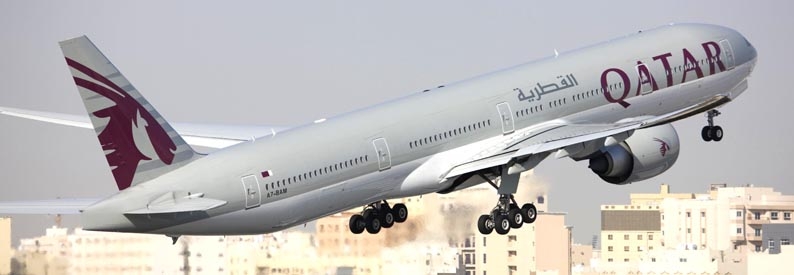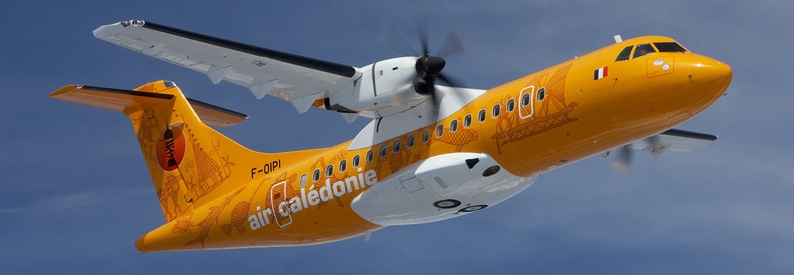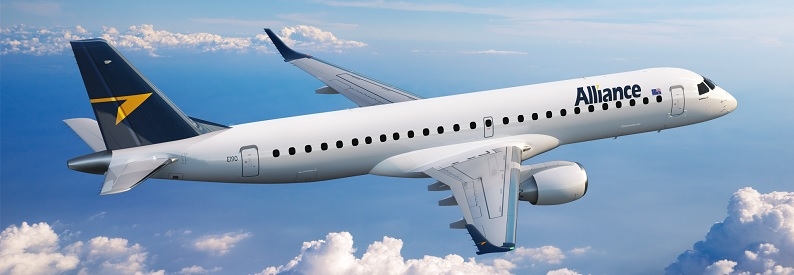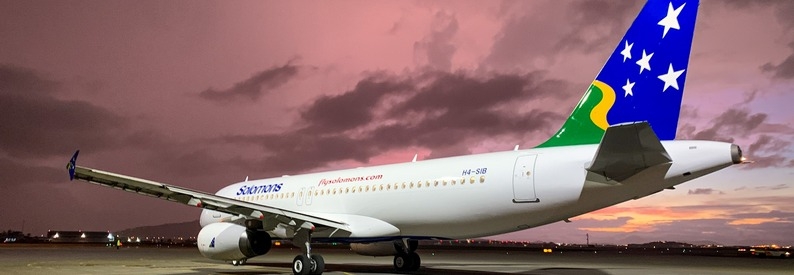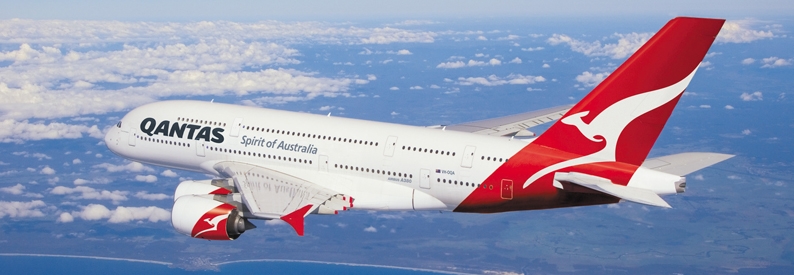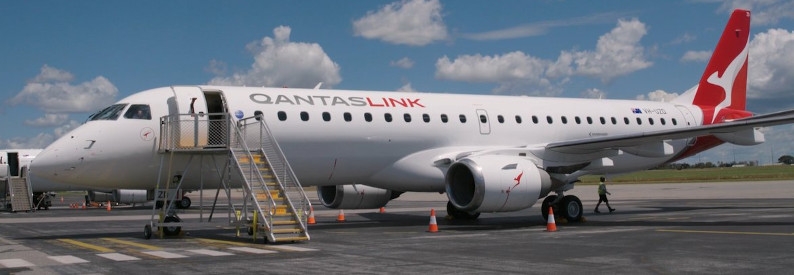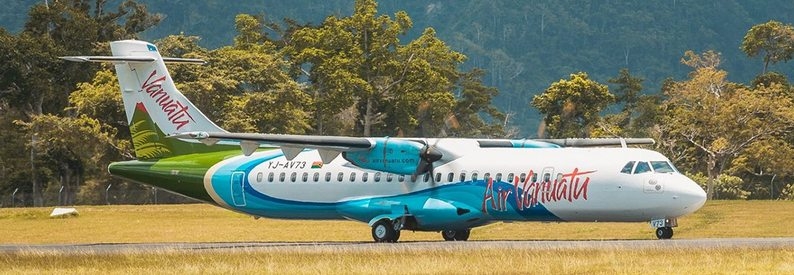Qantas (QF, Sydney Kingsford Smith) will acquire 14 additional mid-life DHC-8-Q400s by the end of calendar 2024 that will operate under the QantasLink brand. The additions will bring the number of Q400 aircraft in the Qantas Group fleet to 45, and also allow for the gradual phasing out of the remaining DHC-8-Q300 and DHC-8-Q200 types.
In a June 25, 2024, statement, Qantas said consolidating the three sub-fleets into a single fleet of turboprops would provide further scale benefits and efficiencies for QantasLink, including lower maintenance and operating costs. When the fleet changes are complete, there will be no material change to QantasLink’s overall turboprop capacity.
While Qantas did not disclose where the aircraft are coming from, industry sources say some are former flybe. (Birmingham, GB) stock. However, the number of available former flybe Q400s falls well short of the 14 snapped up by the Australian airline. Qantas says the incoming aircraft will seat 78 passengers, a slightly denser configuration than the existing 74-passenger configuration.
The Qantas turboprop fleet is operated by wholly-owned subsidiaries Eastern Australia Airlines (EAQ, Tamworth) and Southern Australia Airlines (Mildura). Eastern Australia Airlines operates two DHC-8-200s, one DHC-8-300, one DHC-8-Q200, and fifteen DHC-8-Q300s, while Sunstate flies the thirty-one Q400s. Both airlines are former standalone commuter carriers swallowed up by the Qantas Group and now primarily exist as holding companies with no individual brand identities.
The turboprop fleet shakeup raises the prospect of some network changes at Qantas, primarily the future of their longstanding DHC-8-200 services between Sydney and Lord Howe Island, where the 886-metre runway is too short to accommodate the bigger Q400s. The route is presently subsidised by the New South Wales government and is up for its regular review, with the government now inviting expressions of interest from suitably able airlines to operate the flights. A Qantas spokesperson told ch-aviation that the airline "is committed to ensuring that Lord Howe Island maintains an air service and we will be working with the community and government on those options over the coming months."
Other regional airports presently served by Q200 and Q300 flights may have to upgrade their security screening arrangements to accommodate the bigger Q400 services. The security upgrades at the usually local government-run airports have proved unpopular in the past, with the costs typically passed onto the airlines and the passengers.

